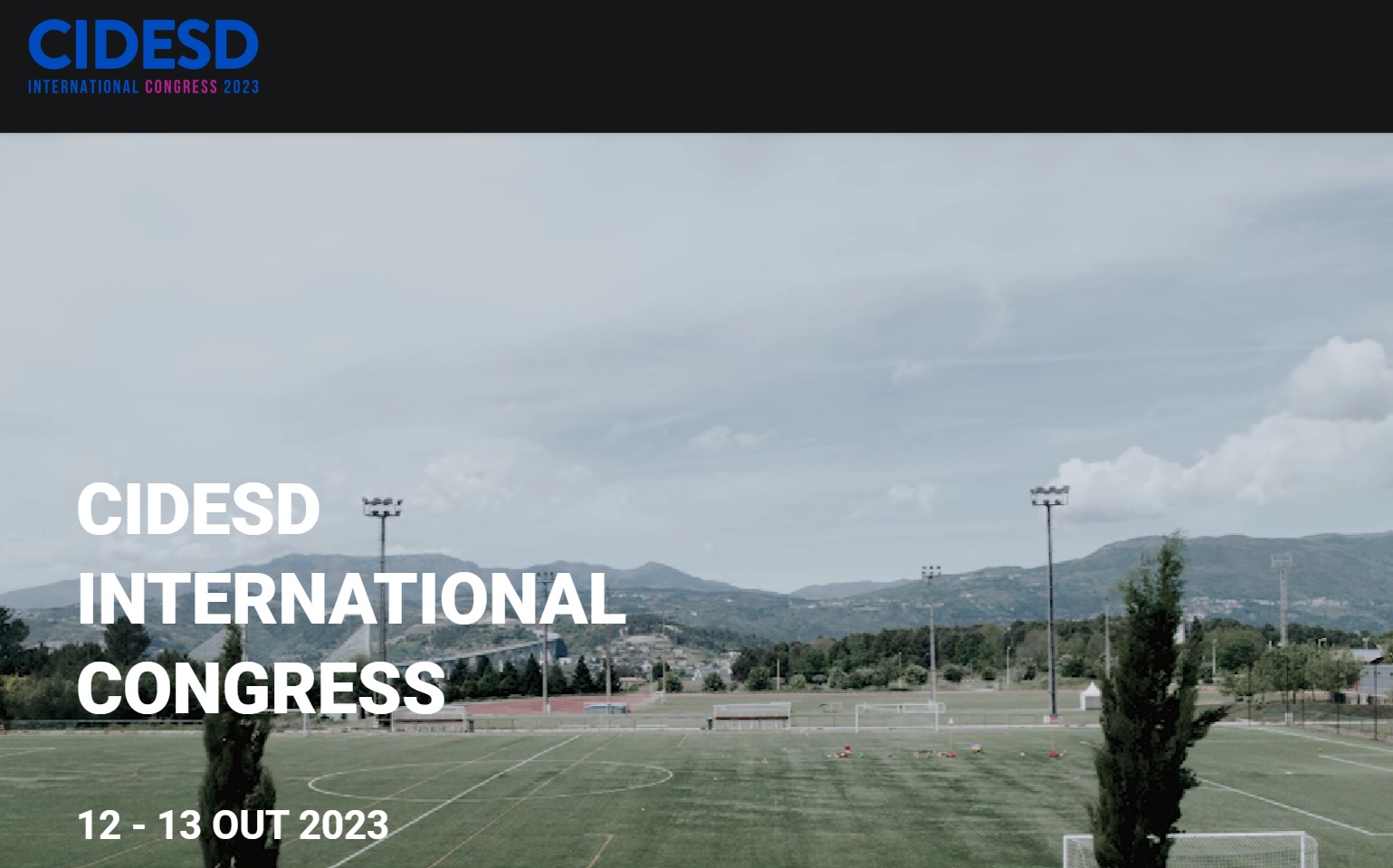An analysis of transition-resulted goal scoring patterns in football leagues: a comparison of the first 5 rounds and the last 5 rounds prior midway of the season
DOI:
https://doi.org/10.6063/motricidade.31755Keywords:
Playing patterns, Game Moments, Tactical Strategies, Offensive/Defensive Processes, Offensive TransitionAbstract
When referring to football, the concept of ‘game style’ refers to a team's distinctive approach to the game, which can be identified by various factors namely tactics, formations, and strategies. All team aims for success by maintaining their playing patterns standards which are congruent and aligned with their playing style. This study compared the goal-scoring patterns such as a result of “non offensive transition”, “set pieces”, “offensive transition”, and “positive outcomes”. The sample consists of 702 games grouped into three leagues: Top Leagues, Marginal Leagues, and Emerging Leagues. All the 2140 goals were categorised into four types: non-offensive transitions, set pieces, direct offensive transitions, and positive outcomes of offensive transitions. The aim is to determine noticeable differences between two distinctive competitive moments “Rounds 1 to 5” and “Rounds last 5”. This study demonstrates no differences in scoring method between the "Rounds 1 to 5" and "Rounds Last 5" in all variables across all the analysed league groups. The only exception is the goals conceded by the Non-Offensive transition in the Emerging Leagues. Results also show that in the Top Leagues, the goals resulting from direct offensive transitions and positive outcomes from offensive transitions have a greater impact (54%) on the total scoring. These findings highlight the importance of focusing on establishing consolidated game patterns in order to make them more impactful in the scoring process.
Downloads
Published
Issue
Section
License
The authors of submitted manuscripts must transfer the full copyright to Journal Motricidade / Sílabas Didáticas Editions. Granting copyright permission allows the publication and dissemination of the article in printed or electronic formats, and copyrights start at the moment the manuscript is accepted for publication. It also allows Journal Motricidade to use and commercialise the article in terms of licensing, lending or selling its content to indexation/abstracts databases and other entities.
According to the terms of the Creative Commons licence, authors may reproduce a reasonable number of copies for personal or professional purposes, but without any economic gain. SHERPA/RoMEO allows authors to post a final digital copy (post-printing version) of the article on their websites or on their institutions' scientific repository.


